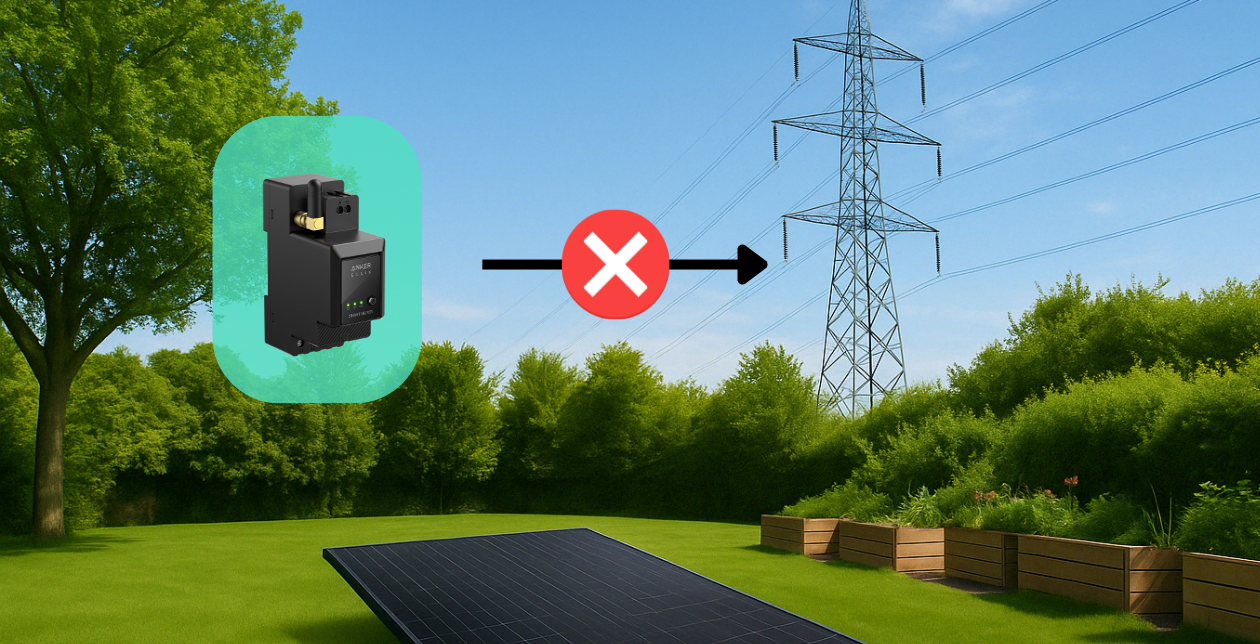
How to avoid sending energy to the grid, a guide to zero feed-in
When you install a solar kit at home, part of the energy you generate may not be used right away leaving you with a surplus. This surplus can be stored in batteries, or can be fed into the grid.
In some cases, this is regulated or even restricted—especially if you don’t have an official electrical installation certificate.
This blog will provide you with all the information you need to make the right choice.
What is a zero feed-in device?
A zero feed-in device is a smart system that prevents your solar installation from feeding surplus energy into the grid. It works by continuously monitoring the flow of electricity through your main connection.
If it detects that power is being exported to the public grid, it automatically adjusts the solar kit’s output to match your home’s consumption, avoiding any surplus.
This allows for real-time, precise discharging based on the actual electricity needs of the home, ensuring the efficient use of energy and the minimization of waste.
Some electrical regulations may require the installation of such a device.
What does a zero feed-in device do?
In addition to protecting the grid from overloads or imbalances, using this kind of device can be a smart choice — especially if you don’t have an electrical installation certificate (CIE).
In countries like Spain and Portugal, if you don’t inject energy into the grid, you can operate freely with systems up to 800 W, avoiding most regulatory restrictions.
In some regions, if you generate surplus energy and inject it into the grid without the proper electrical certifications or a zero feed-in device, you may actually be charged for that energy as if you were consuming it from your electricity provider.
The zero feed-in system keeps your solar kit compliant with the law and gives you the freedom to use your energy without restrictions from the grid.
Why do you need the Smart Meter?
To configure zero feed-in you do need the Smart Meter to properly activate this function. The Anker Smart Meter is the energy monitoring device designed to optimize the performance of your solar kit with storage.
The Smart Meter measures in real time how much energy is entering or leaving your electrical network. Without it, the system cannot accurately detect when to reduce or stop production in order to prevent export to the grid. This is essential for precise zero feed-in control. Everything is controlled through the app.
It is compatible with the Anker Solarbank 2 AC and Pro. The installation is simple thanks to its plugin design, which mounts easily in your main electrical panel.
How to set up the zero feed-in?
To set up zero feed-in, follow these steps in your Anker app:
- Make sure you have the latest version of the app installed.
- Open the app and go to the Settings menu.
- Tap on Equipment Feed Network.
- Select “Off” to block energy injection into the grid, or “On” to allow it.
- Tap “Save” to confirm your changes.
Conclusion
Setting up a zero feed-in device is an essential step toward making your solar installation smarter, safer, and regulation-compliant.
Whether you're required to block grid injection due to local laws or simply want to optimize your energy usage at home, a zero feed-in device offers an efficient and reliable solution.
With real-time monitoring, app-based control, and seamless integration, you can take full control of your energy flow and make the most of every ray of sunlight.
If you have any questions, contact us via email, WhatsApp or direct call.


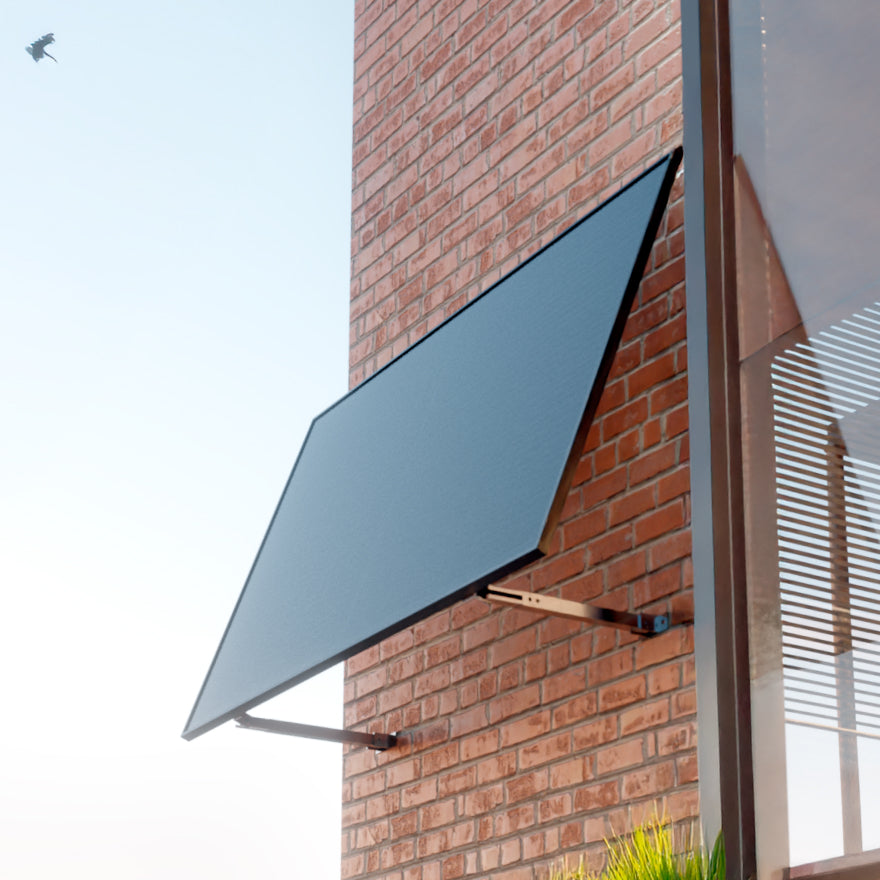
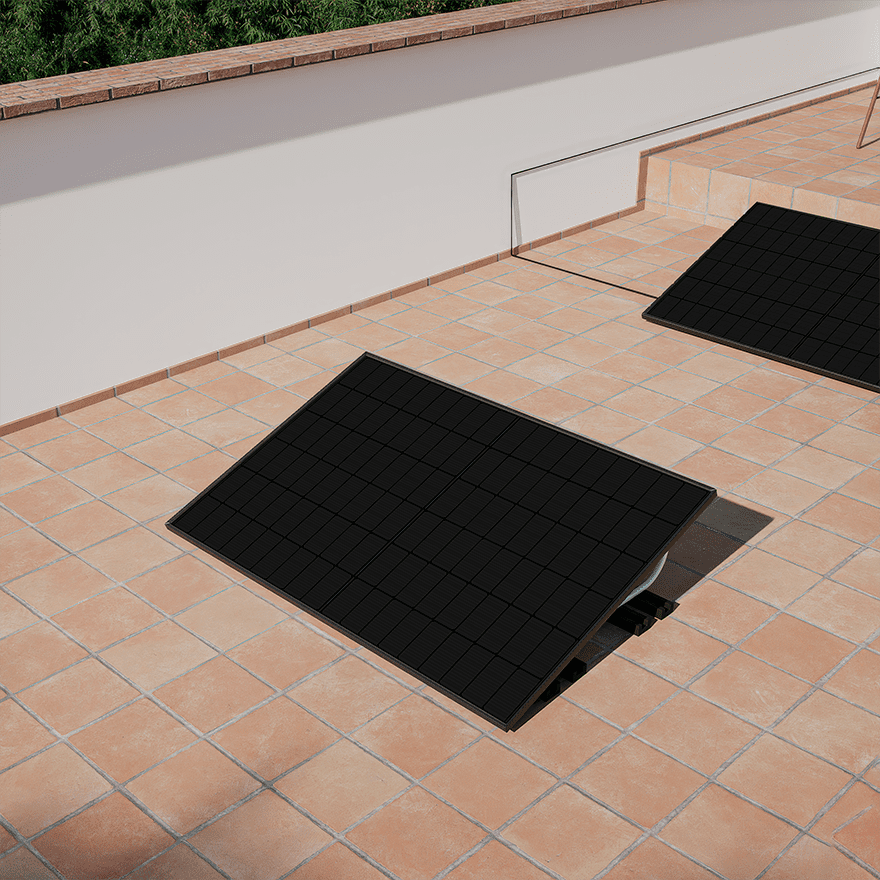
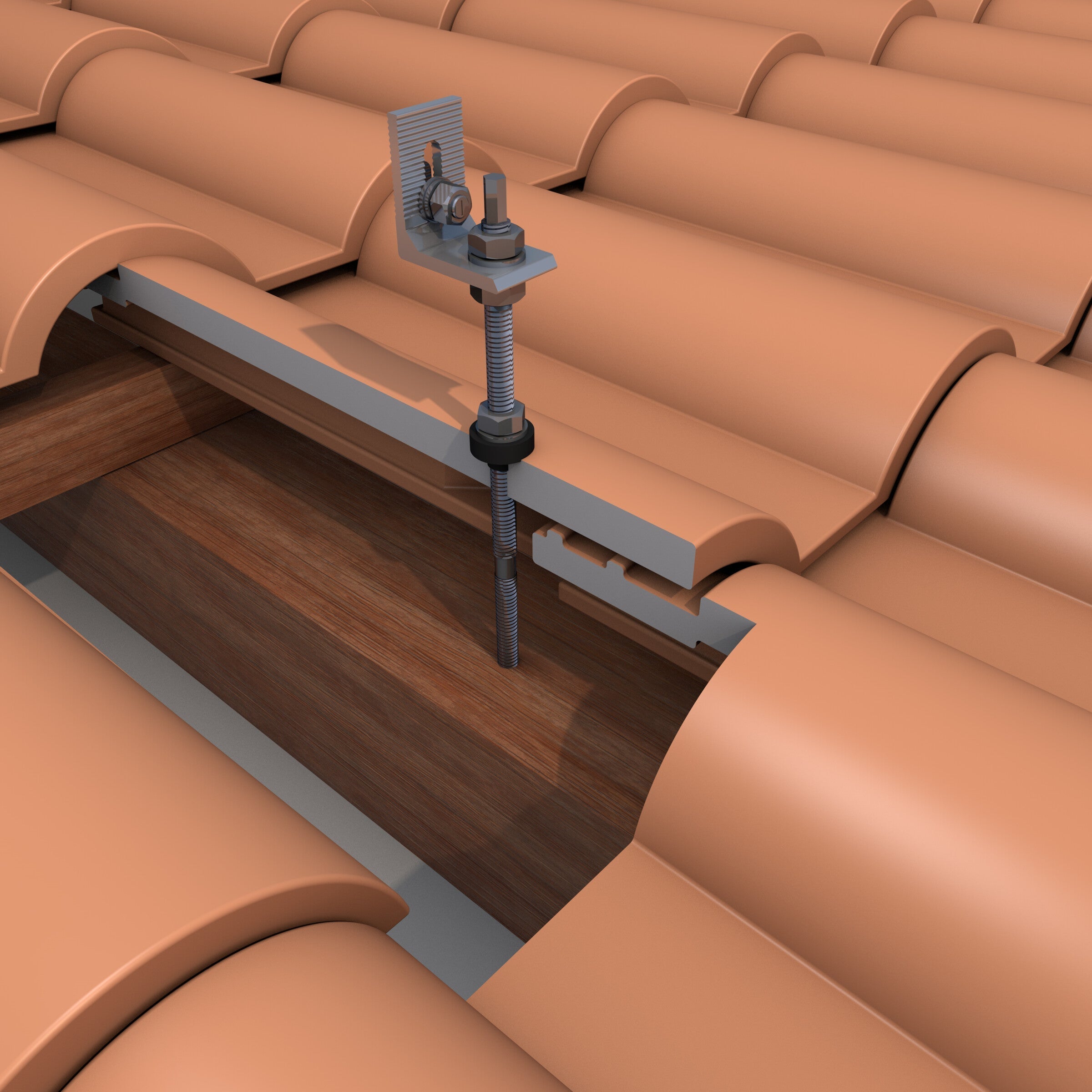
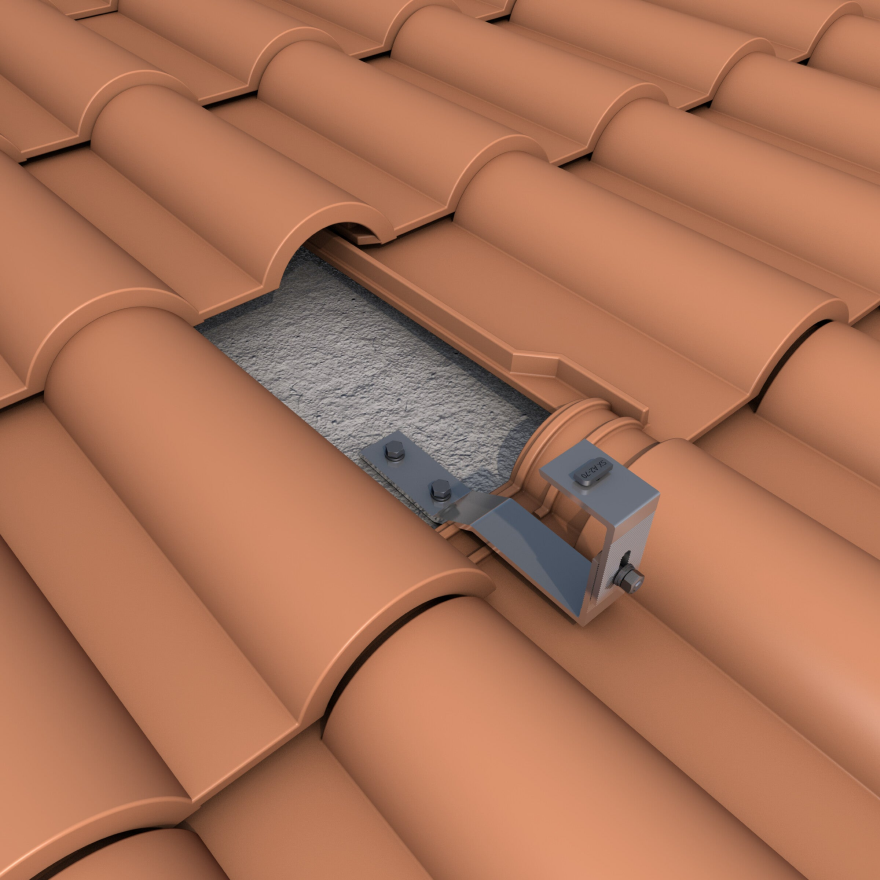
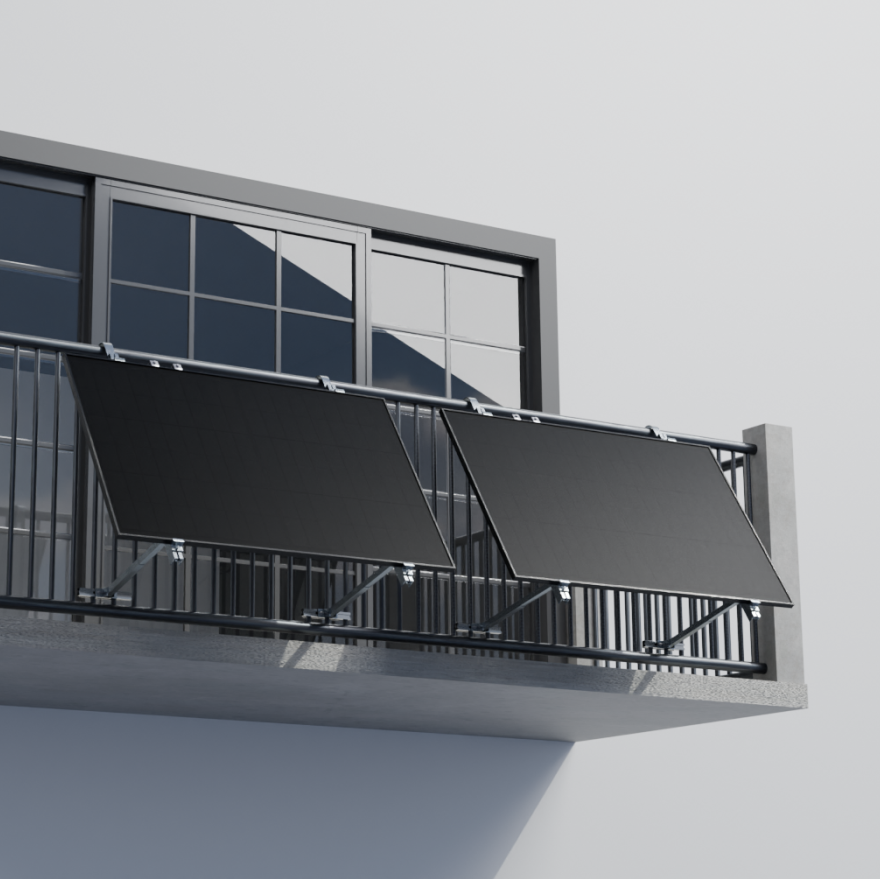
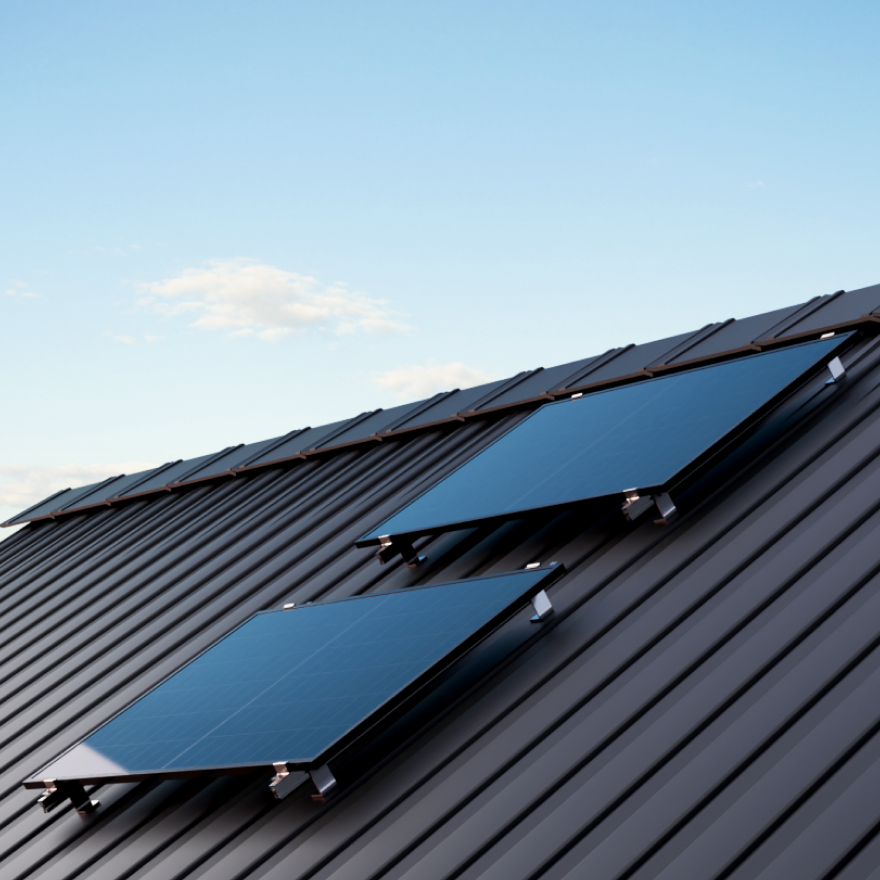
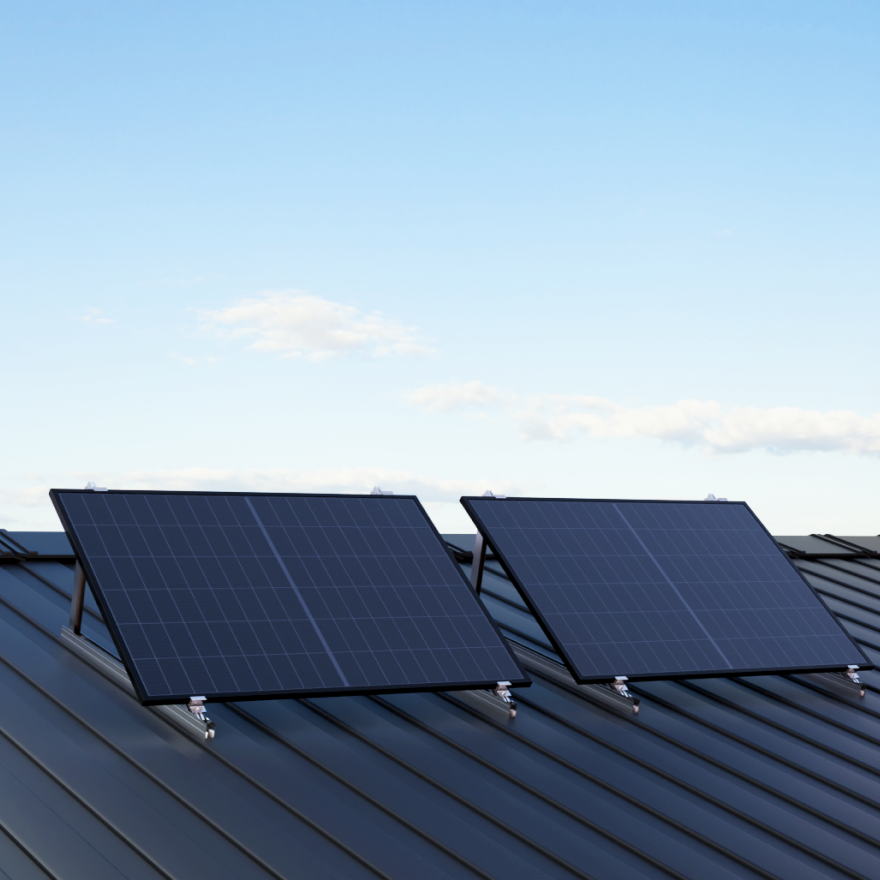
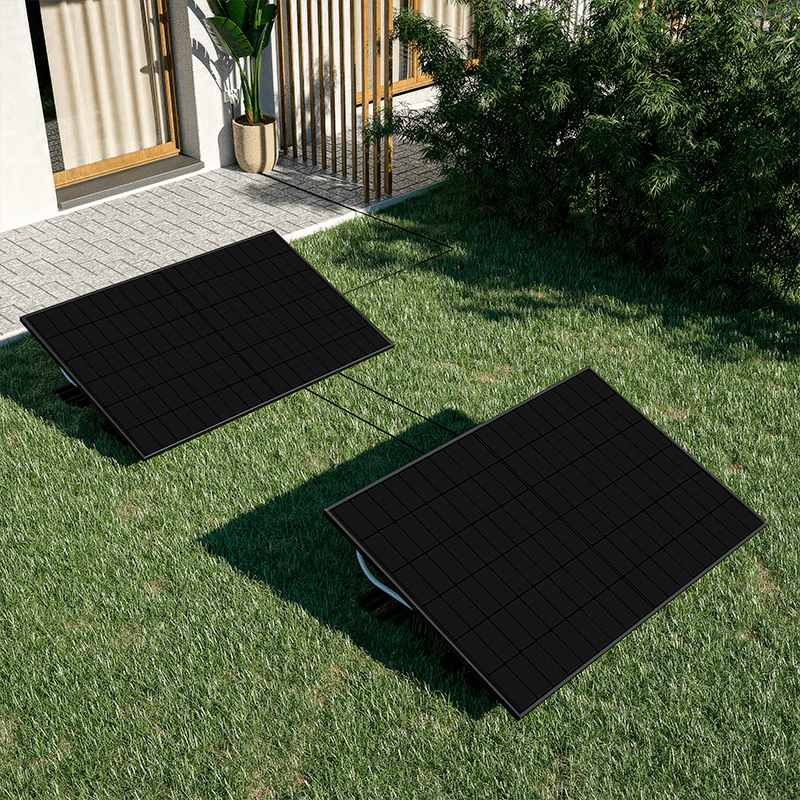
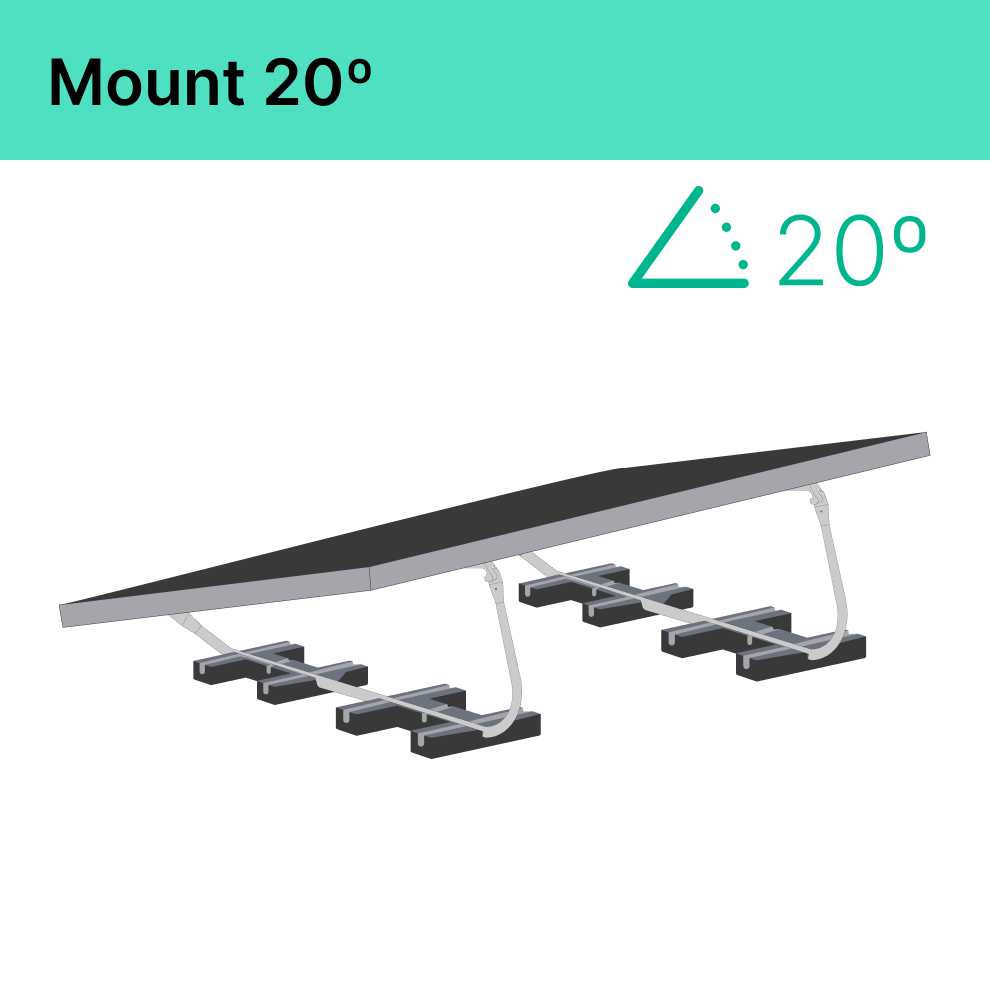
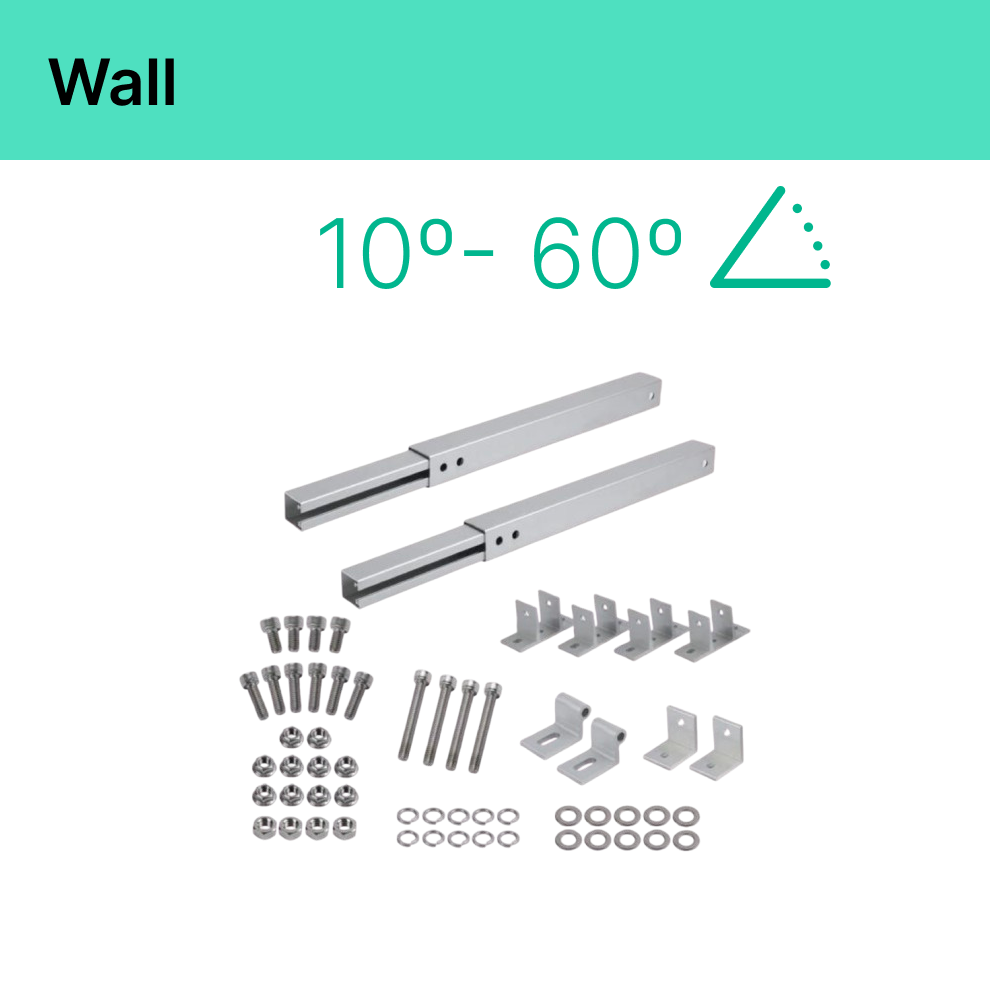

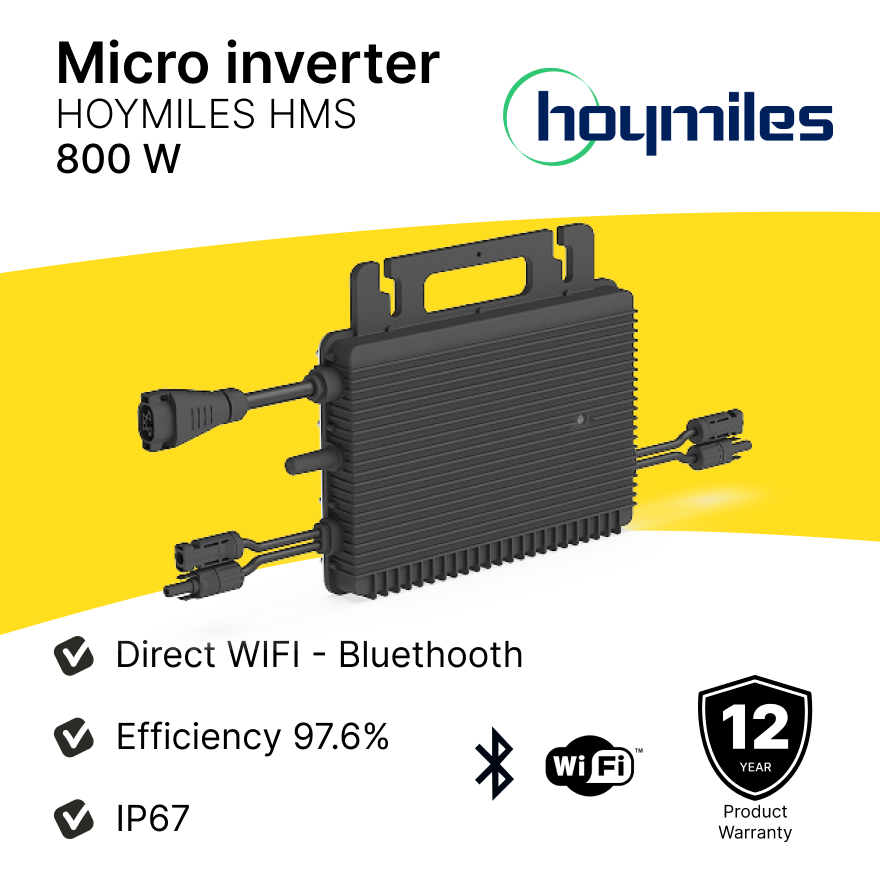
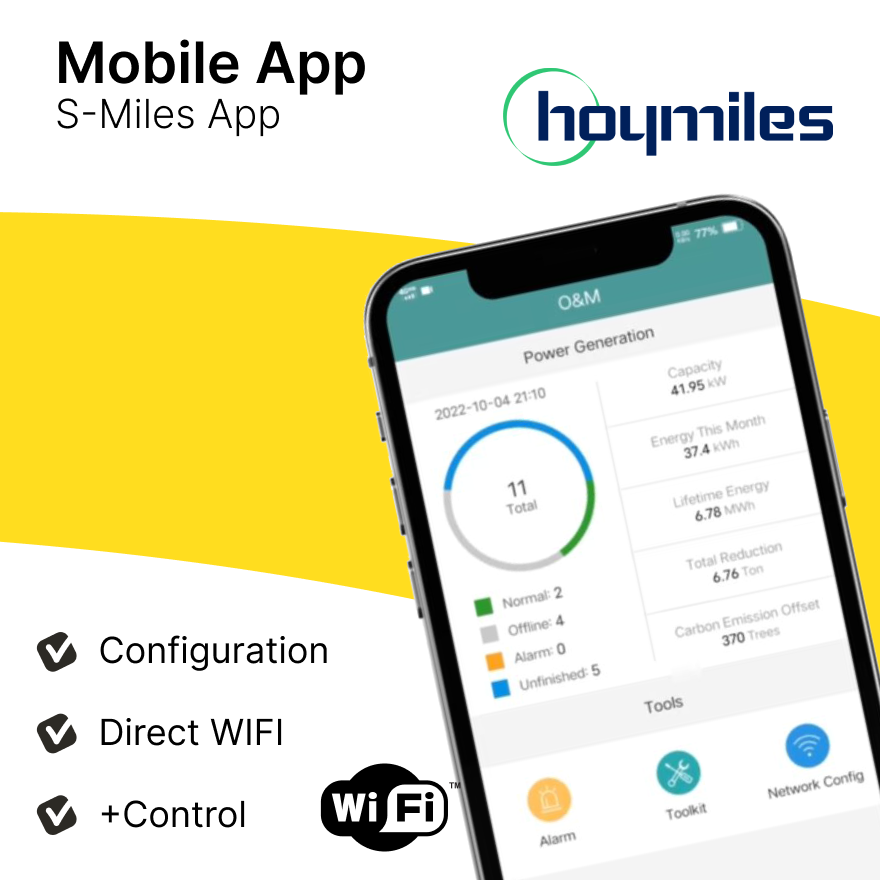
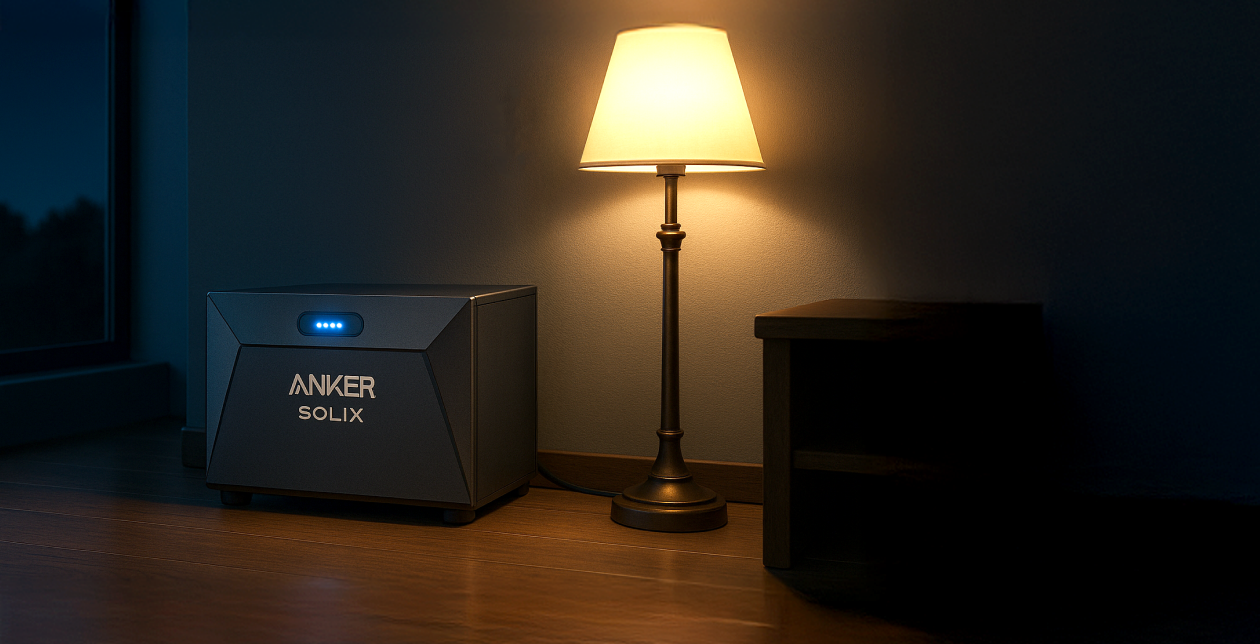
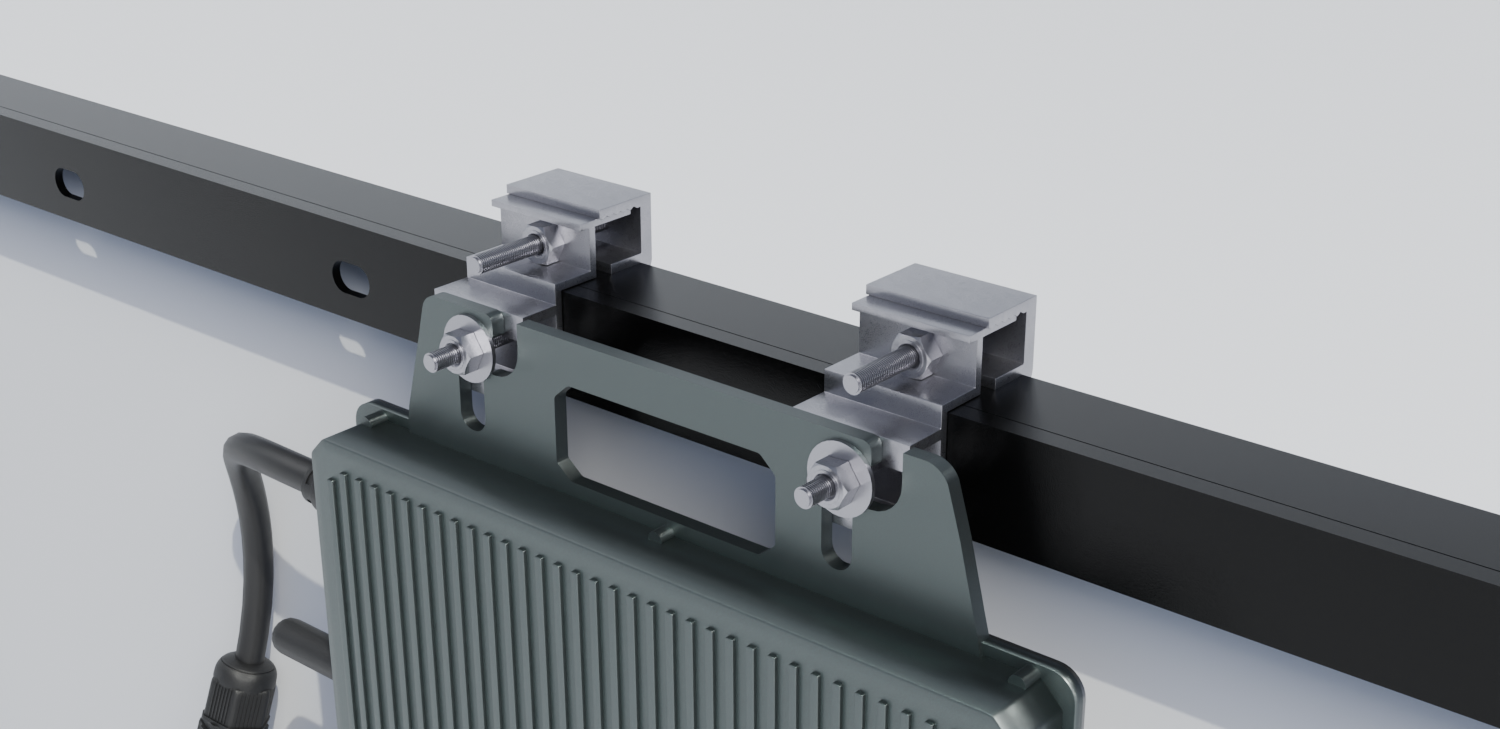
3 comments
smart meter
piret alain
Boa tarde, Eu comprando um kit que está na promoção plug and play, é necessário adquirir um sistema de injeção zero?
Denise
Me ha parecido muy lucrativo tu artículo y me gustaría montarlo yo mismo (he adquirido recientemente un kit vuestro) si me dais unas instrucciones claras de cómo manipular mi cuadro eléctrico para un sencillo montaje tengo algún conocimiento eléctrico
Gracias Bruno
Miguel Díez Mestre
Leave a comment
This site is protected by hCaptcha and the hCaptcha Privacy Policy and Terms of Service apply.